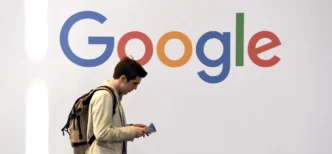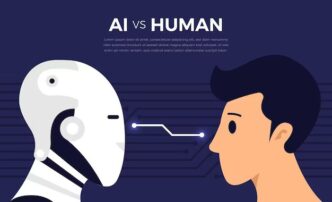Despite being locked in a legal battle with OpenAI, Elon Musk’s AI startup, xAI, is pushing forward. This week, xAI officially launched its long-awaited API for Grok 3—its powerful multimodal AI model positioned as a challenger to OpenAI’s GPT-4o and Google’s Gemini.
Originally unveiled months ago, Grok 3 supports image analysis and complex question answering. It also powers several features on X, Musk’s social media platform, which xAI acquired in March. With this API release, developers can now directly integrate Grok 3 into their own applications.
Two Flavors of Grok 3 Available via API
xAI is offering both the standard Grok 3 and a lighter version dubbed Grok 3 Mini, each boasting built-in reasoning capabilities. The pricing model depends on token usage, which refers to chunks of text processed by the model.
- Grok 3 pricing: $3 per million input tokens (approx. 750,000 words), and $15 per million output tokens
- Grok 3 Mini: $0.30 per million input tokens, and $0.50 per million output tokens
For users needing faster responses, speed-optimized versions of both models are available at a premium:
- Speedy Grok 3: $5 per million input tokens, and $25 per million output tokens
- Speedy Grok 3 Mini: $0.60 per million input tokens, and $4 per million output tokens
How Grok 3 Compares to the Competition
Grok 3 enters a competitive field already dominated by big players. xAI’s pricing aligns closely with Anthropic’s Claude 3.7 Sonnet, another reasoning-focused model. However, Grok 3 still trails Google’s Gemini 2.5 Pro in benchmark scores, while being significantly more expensive.
Additionally, there are concerns around transparency. xAI has faced accusations of misleading benchmark claims, casting doubt on Grok 3’s actual performance compared to peers.
Context Window Limitations Raise Questions
Another sticking point is Grok 3’s context window — the total number of tokens the model can process in one session. While xAI previously claimed Grok 3 could support up to 1 million tokens, the newly launched API currently maxes out at just 131,072 tokens (about 97,500 words). This limitation hasn’t gone unnoticed, with users on X voicing frustration over the gap between the advertised specs and real-world availability.
Musk’s Vision: Politically Neutral, No-Holds-Barred AI
When Grok first launched, Elon Musk framed it as a bold, politically incorrect alternative to mainstream AI models, which he often criticizes for being overly “woke.” Grok was marketed as unfiltered, able to tackle controversial questions and even engage in vulgar language — things ChatGPT typically avoids.
Earlier Grok versions did live up to that claim to some extent. But studies revealed the models still leaned left on issues like diversity, transgender rights, and inequality. Musk attributed this bias to training data sourced from public web pages. Since then, he has vowed to steer Grok toward political neutrality, though it remains unclear how much progress xAI has made.
Notably, the company faced backlash for briefly censoring criticism of Donald Trump and Musk, raising new concerns about how Grok handles politically sensitive topics.













